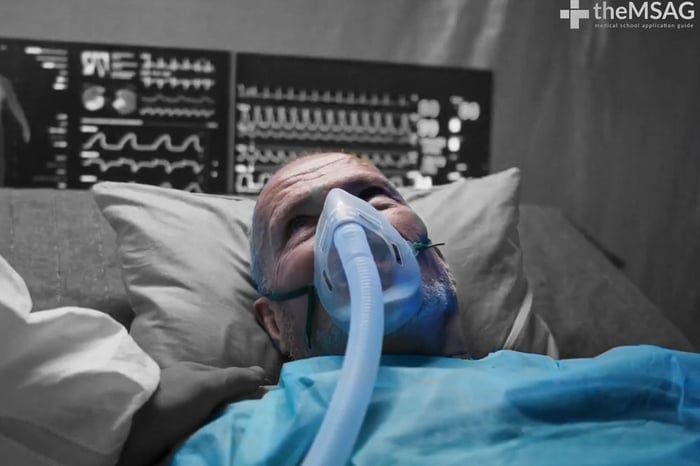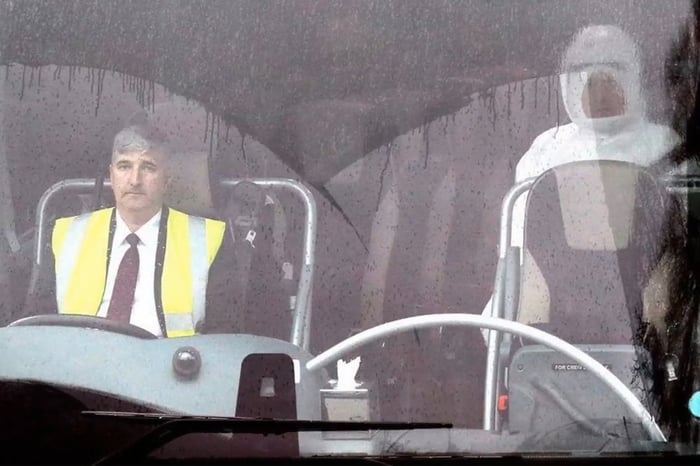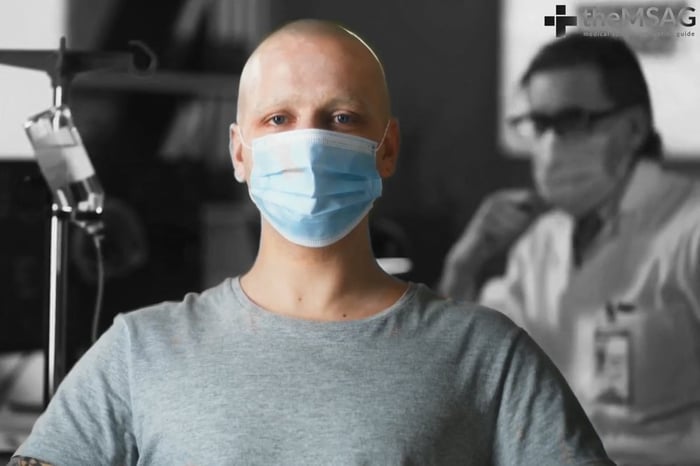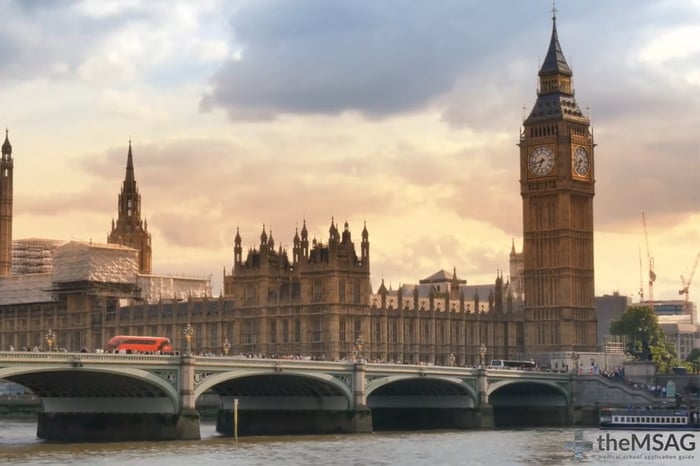
COVID-19 - Criticisms of the UK Government’s Response
In our previous posts, we reviewed the overall response to the pandemic and considered what the UK government did well. It is also important to consider the opinions of those who felt that the UK government's response could have been better. Research from The Health Foundation revealed that support for the government’s handling of the pandemic has declined over time. In May 2020, 60% of the public reported that they felt the government was handling the pandemic “well”. This percentage was reduced to 43% by July 2020.
We will now review some of these critical opinions about the UK’s COVID-19 response in more detail.
Slow initial action
The first criticism of the UK’s COVID-19 response is that they acted too slowly to initiate measures such as the first national lockdown.
The graph below shows the number of positive daily COVID-19 cases from the 1st March to the 10th June 2020.
It is evident that COVID-19 cases rose rapidly in March. The UK government implemented its first national lockdown on the 23rd March; following this the number of daily cases plateaued and then decreased. This is evidence that the UK government’s lockdown was a success. However, some have criticised the UK government for implementing the lockdown too late. Other European countries such as France, Italy and Spain initiated lockdown measures several days before the UK. Some question why did the UK government wait nearly 2 weeks before implementing a lockdown? Could an earlier lockdown have helped to prevent the initial spread of COVID-19 and save lives?
Speaking at a live televised briefing on the 9th March, England’s chief medical officer, Chris Whitty, said “It is not just a matter of what you do but when you do it. Anything we do, we have got to be able to sustain. Once we have started these things we have to continue them through the peak, and there is a risk that, if we go too early, people will understandably get fatigued and it will be difficult to sustain this over time.”
The British Medical Journal was particularly critical of the UK government. They argued that the World Health Organisation declared an emergency on the 30th January, and that the response to impose a lockdown in the UK on the 23rd March was “too little, too late”.
Under delivery of contact tracing
The second criticism of the UK government’s COVID-19 response is that they failed to reach their targets for testing and contact tracing. On the 12th March the UK government made the decision to abandon its initial contact tracing strategy as it did not have the necessary resources. Professor John Newton, the UK’s testing chief, said that the UK predicted one million COVID-19 cases within a short period of time and thus contact tracing would have been impossible. Due to the wide and rapid spread of coronavirus, testing was limited to patients admitted to hospital and to frontline NHS staff. This drew criticism from some public health experts. Public health professor KK Cheng, from the University of Birmingham, said that the UK had abandoned contact tracing “way too soon”.
Resource allocation
Another criticism of the UK’s COVID-19 response was that money and resources were not used appropriately. Examples of this include the building of the Nightingale hospitals and the PPE crisis.
The Nightingale hospitals were constructed as there was a serious concern that the NHS would become overwhelmed and that hospitals would reach capacity. However critics have noted that the four thousand bed Nightingale Hospital in London had only treated fifty-one patients as of May 2020. Consequently this new facility was placed on standby from the 4th May and did not take any new patients. The hospital in Manchester only treated a handful of patients and those in Birmingham and Harrogate had not treated a single patient. Some people questioned “were resources and efforts disproportionately focused on building intensive care capacity?”
Data analysis conducted by the Institute for Social and Economic Research concluded that approximately two-thirds of patients in the UK with common life-threatening conditions have been denied care as the NHS was focused on fighting COVID-19. The research also found that 63% of people with serious long-term conditions had their planned treatment cancelled. This could suggest that we may be storing up greater health problems for the future and perhaps that resources were disproportionately allocated towards creating extra critical care beds.
Personal protective equipment, commonly known as PPE, is designed to protect you from harmful substances and can prevent the transmission of infection. PPE includes items such as gowns, visors, aprons, masks, and gloves. Healthcare professionals rely on PPE to protect both themselves and their patients. The COVID-19 pandemic created an extraordinary impact on the global demand and supply of PPE. The UK government has been criticised for being underprepared for a pandemic. Panorama (a BBC investigative documentary series) accused the UK government of failing to buy and store crucial protective equipment to cope with a pandemic. When the COVID-19 pandemic reached the UK there were no gowns, visors, swabs or body bags in the government’s pandemic stockpile. The UK needed to acquire more PPE and quickly. The UK government had some initial success by rapidly establishing a new international supply chain and distribution network for PPE. However these measures were ultimately not sufficient to cope with the extraordinary demand created by the COVID-19 pandemic at its first peak.
Although the UK government has been criticised for its ability to secure PPE early on in the COVID-19 pandemic, there has been some positive progress. As of November 2020, the UK government announced that health and social care workers in the UK have access to an uninterrupted supply of PPE and that there now exists a four-month stockpile of masks, visors, and gowns.
Poor Communication
The final criticism of the UK Government’s COVID-19 response pertains to mixed messages in communication. Effectively communicating with the public can be challenging for a government even under normal circumstances. It is much harder during a pandemic as the information being shared can be technical and is constantly changing.
The UK government was praised for implementing televised press conferences throughout the pandemic to keep the public updated. However they were criticised for frequently delivering messages which lacked clarity. An example of this occurred over the Christmas period in the UK, with some saying the government’s messages were confusing. In November 2020, the UK government announced that up to three households could form a ‘Christmas bubble’ for up to five days from the 23rd December. Fiona Godlee, the editor of the British Medical Journal, warned that permitting this festive loosening of restrictions would be to “blunder into another major error that will cost many lives”. On the 19th December, in response to a rising number of cases, the UK government changed its Christmas plan. Those living under ‘Tier Four’ restrictions could not meet another person on Christmas day and for the rest of the population the ‘Christmas bubble’ policy was swiftly changed to allow three households to mix on Christmas day only.
Summary
In summary, we have reviewed some of the key aspects of the UK government's response to the pandemic that have been viewed negatively. It is crucial to have an understanding of these opinions so that you are able to provide a balanced answer when questioned about COVID-19 during your medical school interview. To help you prepare for your medical school interview theMSAG has a range of resources. Check out some reviews from students we have helped to achieve interview success.



